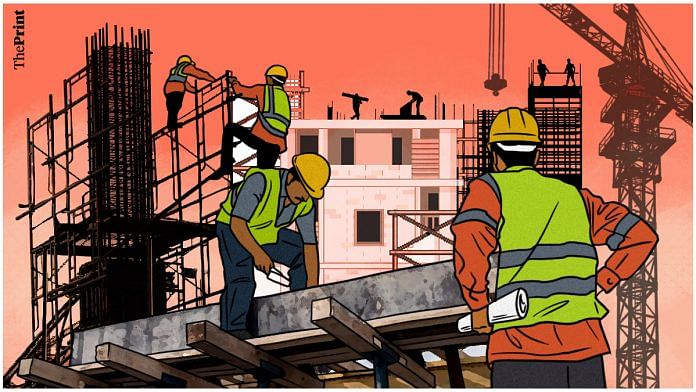Two standard criticisms voiced by market-oriented commentators are that the Narendra Modi government has erred seriously in staying away from regional free trade arrangements, and that its production-linked incentive (PLI) scheme to encourage domestic manufacturing activity behind protective tariff walls is fundamentally misconceived.
There is substance to both criticisms. India could get locked out of regional production and supply chains if it is not part of trade facilitation arrangements, and a subsidy-and tariff-driven manufacturing policy risks building an uncompetitive manufacturing sector all over again.
What is more, the macroeconomic consequences are potentially serious in that no economy has sustained rapid economic growth without a strong and growing export sector. And a manufacturing sector that thrives only under protection, with the help of subsidies, is not what the doctor ordered for the healthy, long-term growth of industrial activity.
The message is clear: India should get into those regional trade arrangements, and bring about the changes needed to profit from becoming a part of international supply chains.
But while the criticisms are valid, they miss a point about the evolving situation: That merchandise exports (which is what Asia’s regional trade agreements have been mostly about) are no longer the primary driver of India’s export growth. That role has been taken over by services exports, which have grown more rapidly. These accounted last year for 42 per cent of total export earnings.
If current trends persist, that figure could climb to 50 per cent in a few years, and then overtake merchandise exports. When looking for export success, the critics look in the wrong place and miss the wood for the trees.
They compound that error by seeking a repeat of the East Asian model of export-led growth that focused on low-value, low-margin, labour-intensive exports of products like garments. This is a chimera, because the operative conditions in India are different from those in East Asia, and hard to change.
Even today there are countries where labour is cheaper and/or more productive. If labour-intensive exports are to succeed for India, as they well might, it is more likely to be with the assembly of products where the labour cost is a small part of the product price, and/or where the domestic market provides an incentive for localising — as with mobile phones and, to a lesser degree, other electronic goods.
The rest of manufactured goods exports will be mostly capital-or knowledge-intensive: Refined petroleum products, engineering goods, pharmaceuticals and chemicals.
Services exports taking the lead in a country at India’s stage of development is most unusual. But it is now well established that the country’s biggest comparative advantage lies in its educated, low-cost, white-collar workforce, not a would-be blue-collar army.
Indeed, the more the services sector produces a trade surplus, the stronger will be the rupee, and therefore the harder to make a success of East Asian-style low-margin, labour-intensive goods exports. This is not a new revelation. Economists have known it for years, but they fail to work it into their trade and industrial policy prescriptions.
Also read: The cost of tackling climate change & how countries’ GDP metrics may fail to accurately reflect it
The second point is about PLI. Once again, the criticisms are valid, but the point missed is that little is lost if PLI fails. For the proposed incentives are tiny in a macro-economic context.
The total PLI payout is to be under about Rs 2 trillion, over five years — perhaps one-tenth of 1 per cent of expected gross domestic product (GDP) over that period. That is entirely affordable, presuming that PLI does not become a permanent boondoggle.
And what if PLI succeeds? The government claims it will result in investments of about Rs 3 trillion. That five-year total is just 1 per cent of the current year’s GDP — nothing really when compared to the near-30 per cent of GDP that is the annual investment in fixed assets. But it is supposed to trigger a hike in the share of manufacturing in overall capex, achieve substantial import substitution, boost exports, and create six million jobs (one-tenth of the existing total in manufacturing).
By all means be sceptical about such claims, but if an affordable financial incentive achieves all that, more power to PLI! For it becomes: Heads you win, tails you lose little.
By special arrangement with Business Standard.



